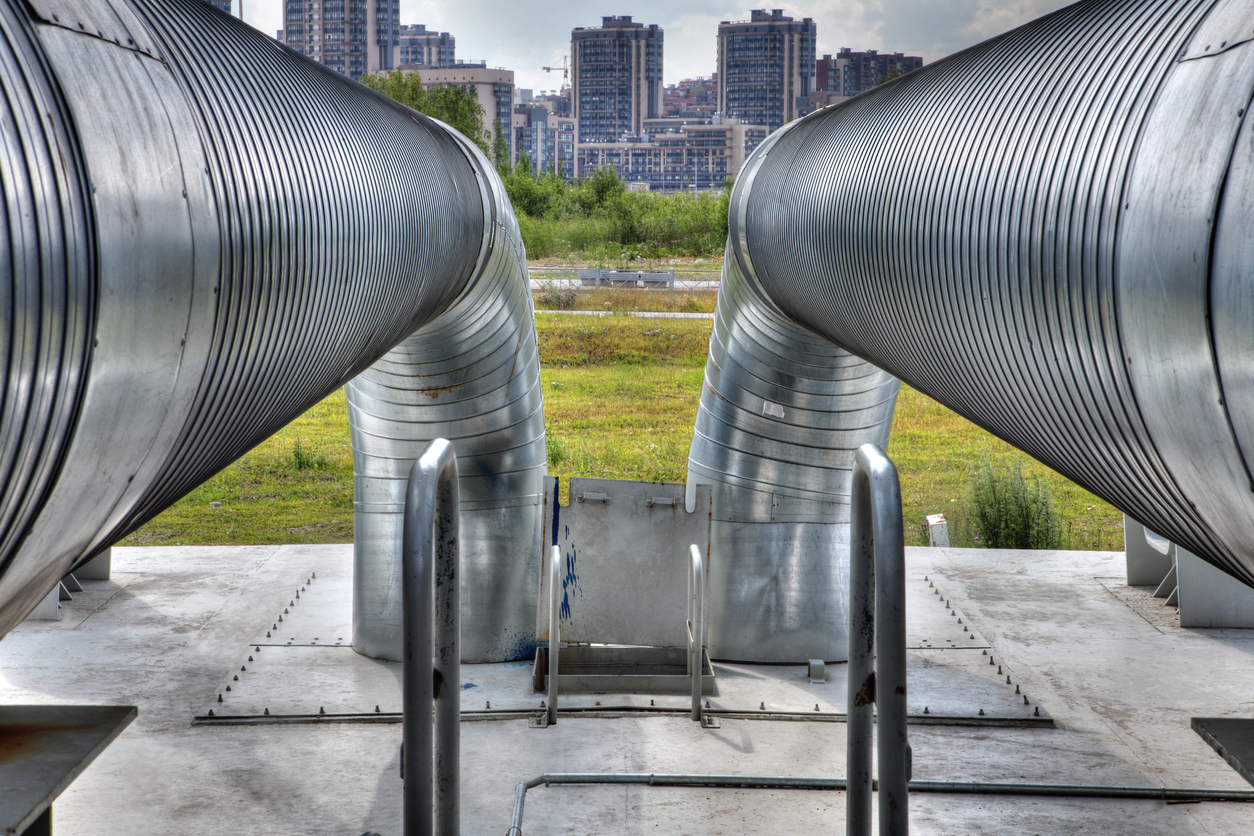District Energy
District heating and cooling systems using the fluorocarbon refrigerants HFCs and HFOs can contribute to improved energy efficiency and reduced GHG emissions.

District cooling can be an important solution to more sustainably meet cooling demand. It is the most efficient way to provide large-scale air conditioning The technology can be more than twice as efficient as traditional decentralized chillers like air-conditioning units, and its use can lower peak-period power consumption including through the deployment of thermal energy storage.[1] District cooling systems can be 200 MW or larger. Installed capacity of district cooling is estimated at over 12 GW in the Middle East, with many systems using HFC refrigerants. District cooling systems are also used in other parts of the world such as in the USA and Europe for business districts, hospitals and university campuses. HFO and HCFO ultra-low GWP (global warming potential) refrigerants are being used for district cooling systems, with HFO-1234ze(E), HCFO-1233zd(E) or HFO based refrigerant R-514A (R-1336mzz(Z)/1130E; 74.7/25.3) centrifugal chillers being used for some systems.
[1] District Energy Magazine Q4 2018, From Dubai to Hong Kong: District cooling a strategy for sustainable development, Systems in the Middle East and Asia-Pacific help high-growth cities reduce emissions and conserve resources. Kathryn Ramsted, Editorial Associate, District Energy
Very large heat pumps are used for district heating systems, with many examples in Scandinavia. Most installations use HFC-134a in centrifugal compressors. The largest is in Stockholm, with a total capacity of 180 MW using HFC-134a in centrifugal compressors. This system takes heat from sea water to provide the thermal source; other similar installations have used waste-water from the sewage system. A trial system using HFO-1234ze(E) as an alternative to HFC-134a in district heating has been tested in Norway [2].
The IEA Energy Efficiency 2018 report states that “Our study shows that the right efficiency policies could alone enable the world to achieve more than 40% of the emissions cuts needed to reach its climate goals without requiring new technology. Thanks to the critical importance of energy efficiency in building a secure and sustainable future, the IEA considers it the ‘first fuel’ and facilitates the exchange of best practices among advanced and emerging economies.”
[2] RTOC 2014 Assessment Report
